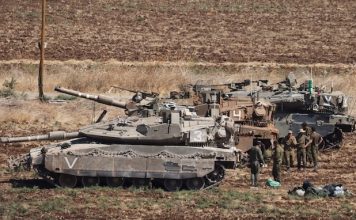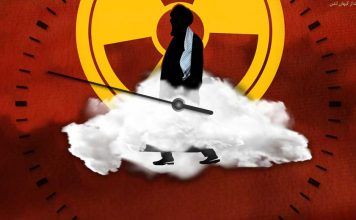By Kayhan Life Staff
In the past four years, Iran’s economy has contracted by 20 percent, according to Dr. Vahid Shaghaghi-Shahri, an economics professor at Tehran’s Kharazmi University.
“Iranian economy has shrunk by 20 percent in the past four years,” Dr. Shaghaghi-Shahri was quoted by the Tehran-based 90-Eghtesad economics news website as saying. “By April 2021, Iran’s economy, when you include oil revenue, will contract 5 to 7 percent, and 2 to 3 percent excluding oil revenue.”
“Iran showed an average of zero economic growth in the 2000s, with inflation remaining around 22 percent, which precipitated the country’s economic crisis,” Dr. Shaghaghi-Shahri noted.
Zero growth is a situation in which the Gross Domestic Product (GDP) of an economy is stagnant. It is usually marked by high unemployment.
Masoud Khansari, a member of the board of directors of Iran Chamber of Commerce, Industries, Mines and Agriculture, on Sept. 2, tweeted: “Iran’s true Gross National Income (GNI) per capita [GNI divided by the country’s population] was $112 in 2018-19, the lowest since 2004. The figure will drop even lower if the economy contracts further. Under these circumstances, the captain must steer the ship in a different direction.”
Other statistics show that Iran’s economy has contracted by 9.8 percent in the past three years. The GDP per capita dropped to $51 during the same period.
[aesop_image img=”https://kayhanlife.com/wp-content/uploads/2018/06/2012-02-25T120000Z_71093431_GM1E82Q02H301_RTRMADP_3_IRAN.jpg” panorama=”off” credit=”FILE PHOTO: A shopkeeper counts Iranian bank notes at his shop in a bazar in Tehran. REUTERS/Raheb Homavandi” align=”center” lightbox=”on” captionsrc=”custom” captionposition=”left” revealfx=”off” overlay_revealfx=”off”]
According to a recent report by the Statistical Center of Iran (SCI), the country’s economy contracted by 3.5 percent in the spring of 2020. Iran’s GDP dropped by 1.7 percent (excluding the oil revenue) in the first three months of the Iranian calendar (year starting March 21), the report said.
Iran’s GDP (including the oil revenue) stood at $39.3 billion in the spring of this year, matching 2011 levels. During the same period, the GDP (excluding the oil revenue) was close to $34.2 billion, the report added.
During an open session of the Majlis (Iranian Parliament) on June 7, the Minister of Economic Affairs and Finance, Farhad Dejpasand, said that the country’s GDP had dropped by 15 percent after the coronavirus outbreak.
According to a recent report by the World Bank, Iran’s GDP contracted by 8.2 percent in 2019-20. The rial has dropped 60 percent since April.
President Hassan Rouhani’s government reaped the benefits of the 2015 Joint Comprehensive Plan of Action (JCPOA), better known as the Iran nuclear deal, and increased sales of Iranian crude oil. However an ineffective set of economic policies have led to negative growth and a massive drop in the country’s GNI per capita in the last seven years.
“According to a report by the Statistical Center of Iran, while the government’s Fifth Five-year (2010-2015) and Sixth Five-year (2016-2021) Development Plans aimed to achieve 8 percent growth, the average economic growth between 2012 and 2019 was near zero,” the semi-official Fars news agency said.
This article was translated and adapted from Persian by Fardine Hamidi.







